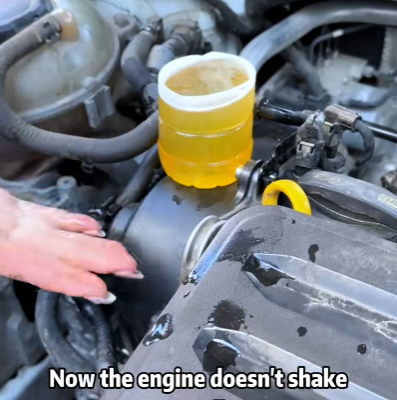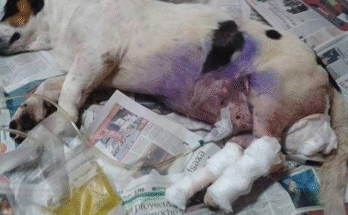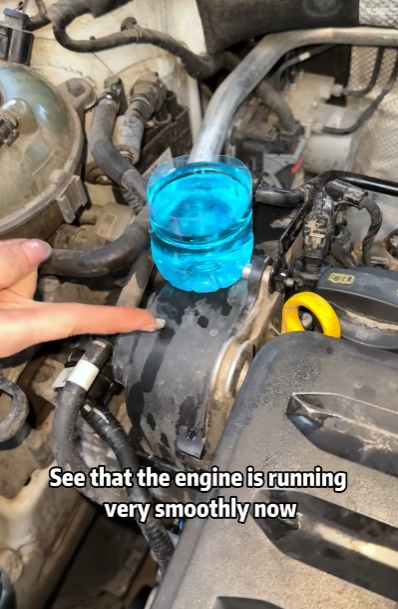
Starting your car should be a smooth experience, but if it keeps shaking right after you start it, something is definitely wrong. A shaking car can be alarming, but don’t worry—there are many possible reasons, and some of them can be fixed for free or at a low cost. In this guide, we’ll explore common causes and free solutions to get your car running smoothly again.
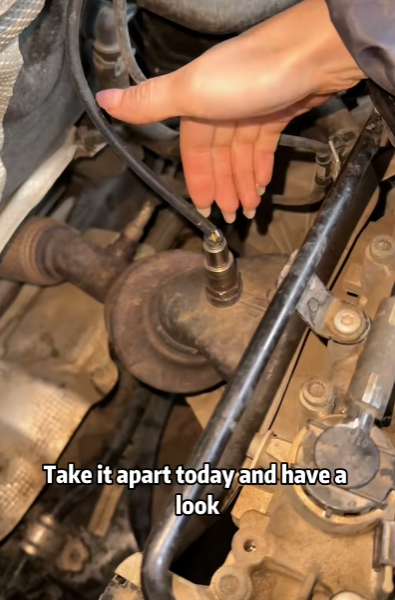
1. Why Does Your Car Shake After Starting?
Before jumping to solutions, it’s important to understand why your car might be shaking. Common causes include:
- Engine Misfire: When one or more cylinders fail to ignite properly.
- Worn or Dirty Spark Plugs: Poor spark can lead to uneven combustion.
- Faulty Ignition Coils or Wires: If these don’t work correctly, the engine can shake.
- Vacuum Leaks: Air leaks disrupt the fuel-to-air ratio, causing instability.
- Dirty or Clogged Fuel Injectors: Poor fuel delivery affects engine performance.
- Broken or Loose Engine Mounts: These mounts keep the engine stable; if they’re damaged, excessive movement occurs.
- Timing Issues: If engine timing is off, the car may shake upon startup.
- Low or Contaminated Fluids: Engine oil, transmission fluid, or coolant issues can contribute to vibrations.
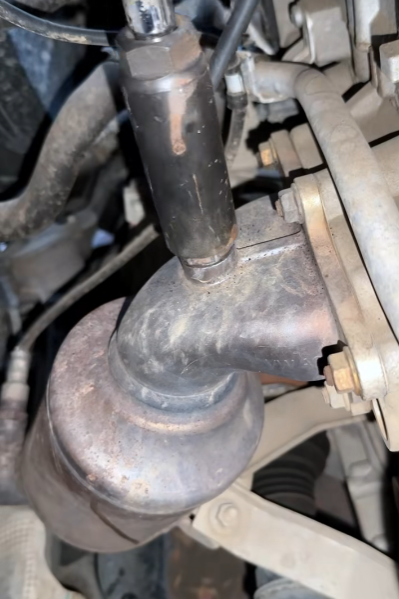
2. Free and Low-Cost Solutions to Stop Car Shaking After Starting
✅ Check and Clean the Spark Plugs
Solution: Pull out the spark plugs and inspect them for dirt, wear, or carbon buildup. If they’re dirty, clean them using a wire brush or spark plug cleaner. If they’re worn out, replace them. Many auto shops offer free spark plug testing to determine if they need to be changed.
✅ Inspect Ignition Coils and Wires
Solution: Faulty ignition coils or loose wires can cause engine shaking. You can test this by swapping coil packs between cylinders. If the misfire moves to another cylinder, you’ve found the problem. Some auto parts stores will test ignition coils for free.
✅ Look for Vacuum Leaks
Solution: Listen for a hissing sound under the hood while the engine is running—this indicates a vacuum leak. You can also spray soapy water around the hoses; if bubbles form, you have a leak. Small leaks can sometimes be temporarily sealed with electrical tape until a permanent fix is made.
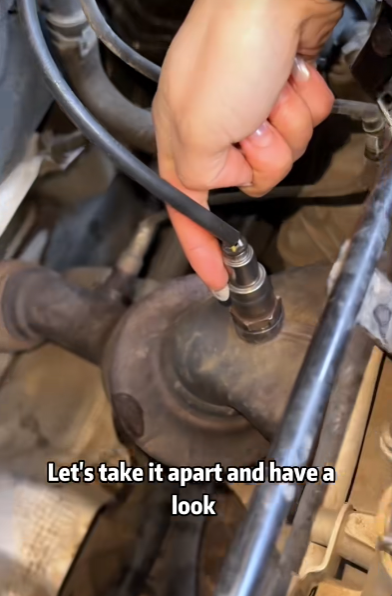
✅ Check and Clean the Fuel Injectors
Solution: Dirty or clogged fuel injectors can cause shaking. Adding a bit of rubbing alcohol (70% or higher) to your fuel tank can help dissolve minor deposits. Alternatively, some auto stores provide free fuel system inspections.
✅ Inspect Engine Mounts
Solution: Open the hood and watch the engine while someone starts the car. If it moves excessively, the mounts may be loose or worn. Tightening bolts on the mounts can sometimes reduce vibrations. If the mounts are completely damaged, they may need to be replaced.
✅ Check Air Filters
Solution: Remove the air filter and check if it’s clogged. If it’s dirty, tap it gently to remove debris or use compressed air to clean it. Many auto parts stores offer free air filter inspections.
✅ Look for Loose or Damaged Belts
Solution: Inspect the serpentine belt for wear or looseness. If the belt is slipping, it can cause engine instability. Tightening or realigning the belt may help reduce vibrations.
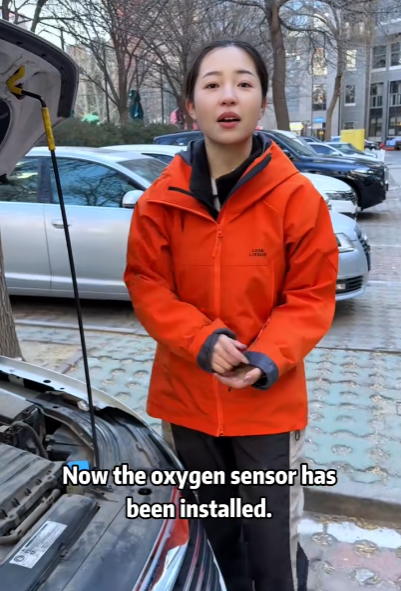
✅ Check for Error Codes (Free OBD-II Scan)
Solution: If your check engine light is on, take your car to an auto parts store for a free OBD-II scan. This will help pinpoint the exact issue causing the shaking.
3. Preventative Maintenance to Avoid Future Shaking
To prevent future occurrences of engine shaking, follow these maintenance tips:
- Change spark plugs and ignition components regularly.
- Use high-quality fuel to prevent injector clogs.
- Inspect and replace air filters as needed.
- Check and maintain fluid levels.
- Keep an eye on engine mounts and belts.
- Fix small issues before they turn into bigger problems.
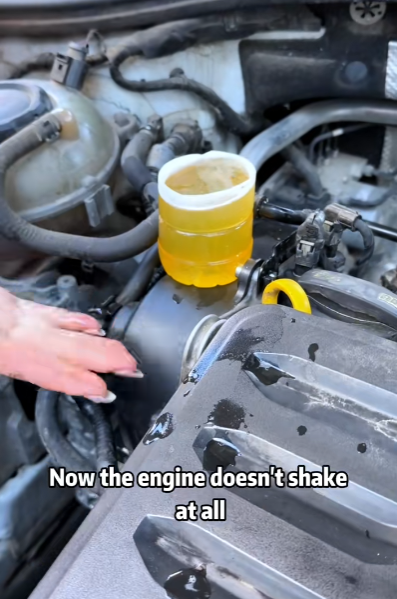
Conclusion
A shaking car after starting can be a sign of minor or major issues, but there are many free and affordable ways to troubleshoot and fix the problem. By diagnosing the root cause and applying these simple solutions, you can restore smooth performance to your car without spending a fortune. If the issue persists, seeking professional help may be necessary to prevent long-term damage.
